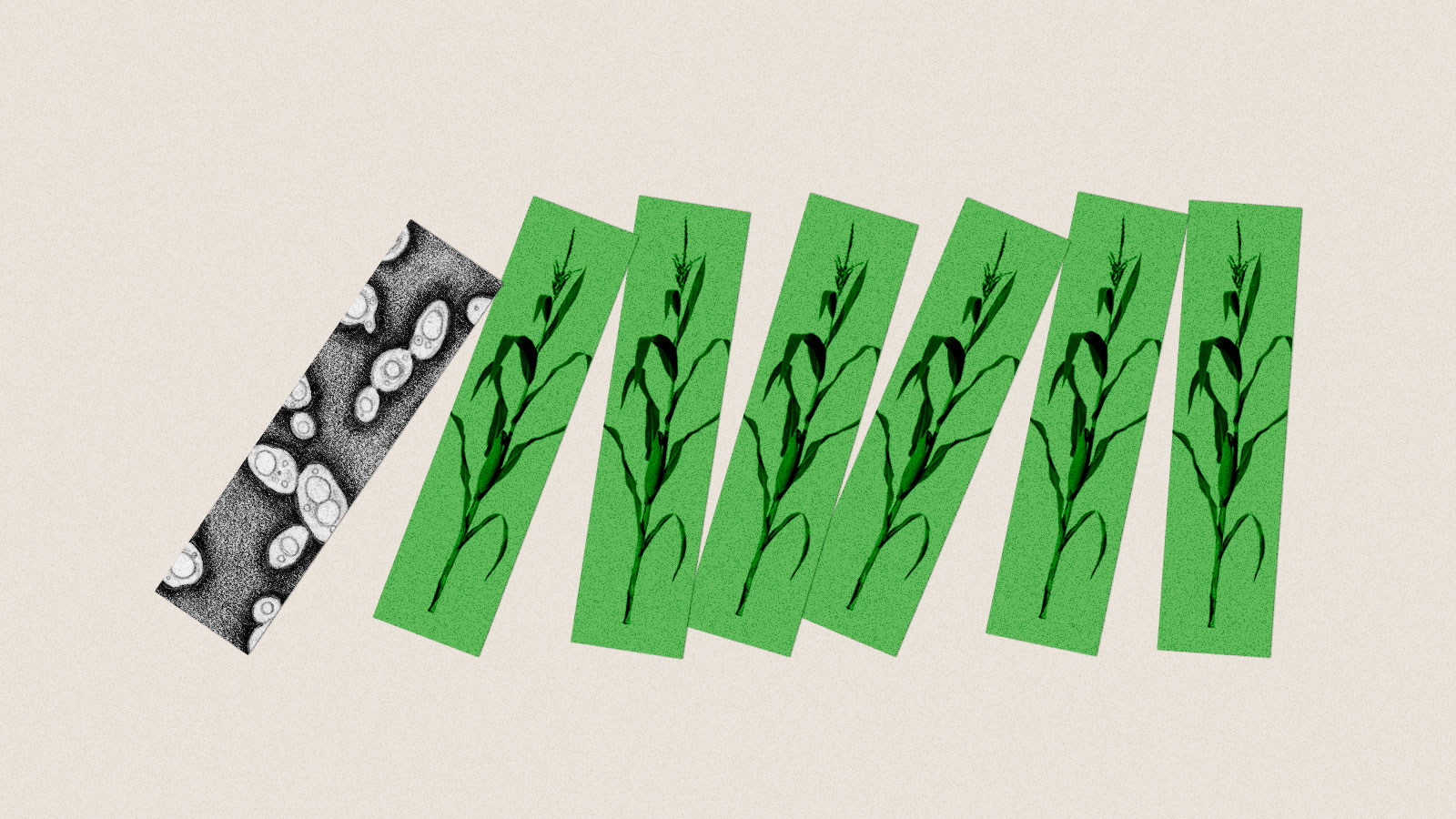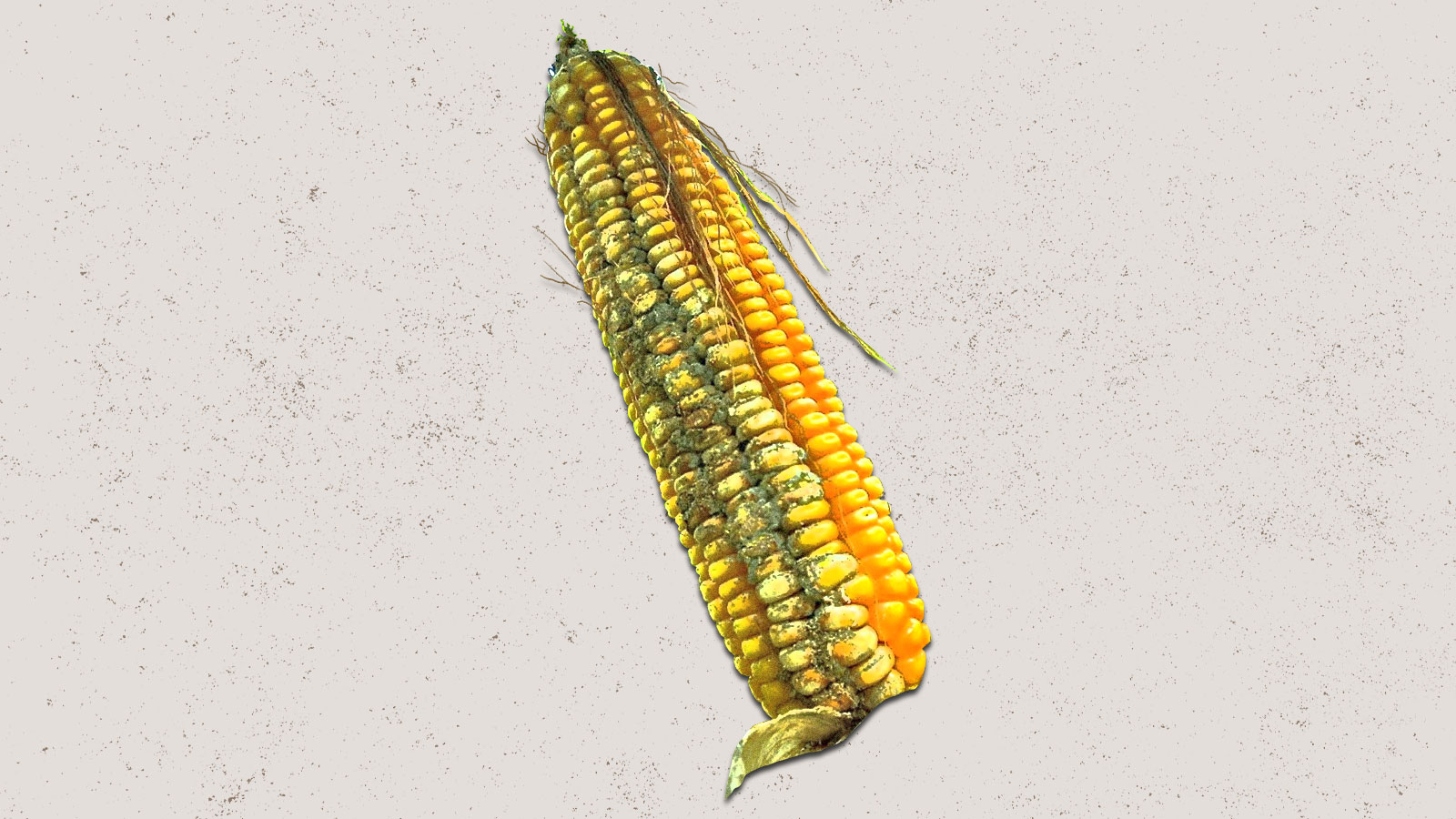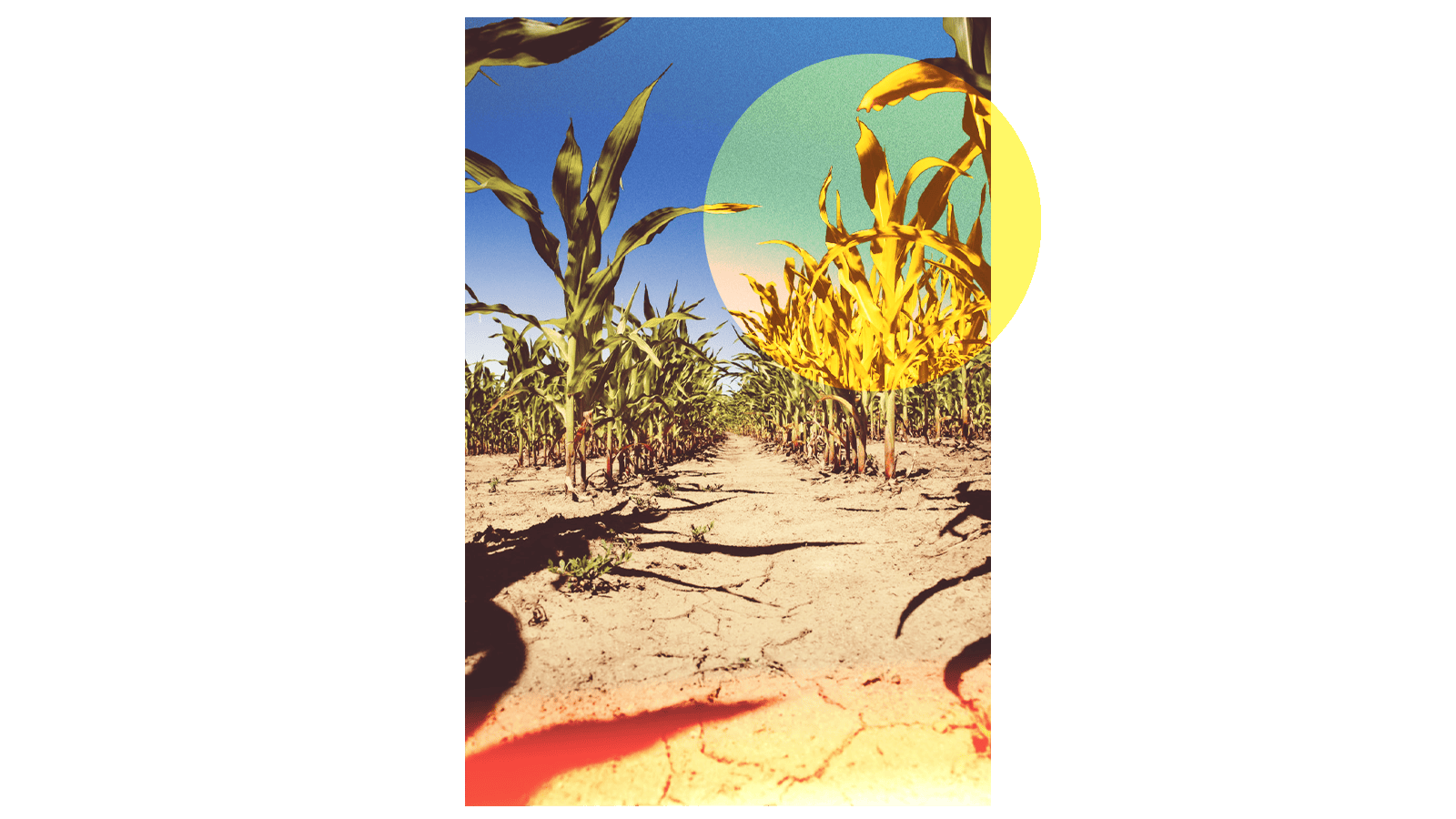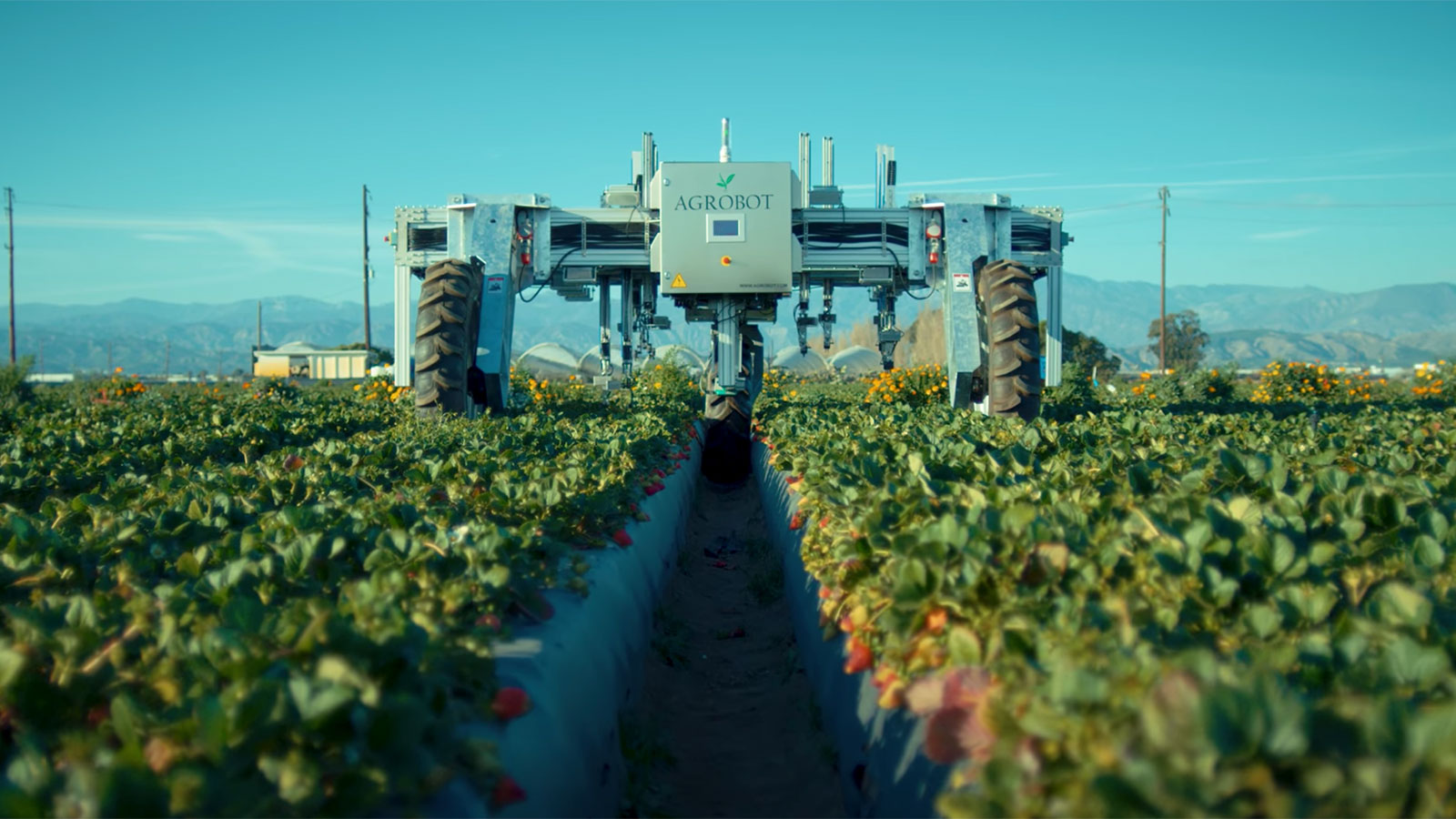Nobody really knows how the fungus Bipolaris maydis got into the cornfields of the United States. But by summer of 1970, it was there with a vengeance, inflicting a disease called southern corn leaf blight, which causes stalks to wither and die. The South got hit first, then the disease spread through Tennessee and Kentucky before heading up into Illinois, Missouri, and Iowa — the heart of the Corn Belt.
The destruction was unprecedented. All told, the corn harvest of 1970 was reduced by about 15 percent. Collectively, farmers lost almost 700 million bushels of corn that could have fed livestock and humans, at an economic cost of a billion dollars. More calories were lost than during Ireland’s Great Famine in the 1840s, when disease decimated potato fields.
Really, the problem with southern corn leaf blight started years before the 1970 outbreak, when scientists in the 1930s developed a strain of corn with a genetic quirk that made it a breeze for seed companies to crank out. Farmers liked the strain’s high yields. By the 1970s, that particular variety formed the genetic basis for up to 90 percent of the corn grown around the country, compared to the thousands of varieties farmers had grown previously.
That particular strain of corn — known as cms-T — proved highly susceptible to southern corn leaf blight. So, when an unusually warm, wet spring favored the fungus, it had an overabundance of corn plants to burn through.
At the time, scientists hoped a lesson had been learned.
“Never again should a major cultivated species be molded into such uniformity that it is so universally vulnerable to attack by a pathogen,” wrote plant pathologist Arnold John Ullstrup in a review of the matter published in 1972.
And yet, today, genetic uniformity is one of the main features of most large-scale agricultural systems, leading some scientists to warn that conditions are ripe for more major outbreaks of plant disease.
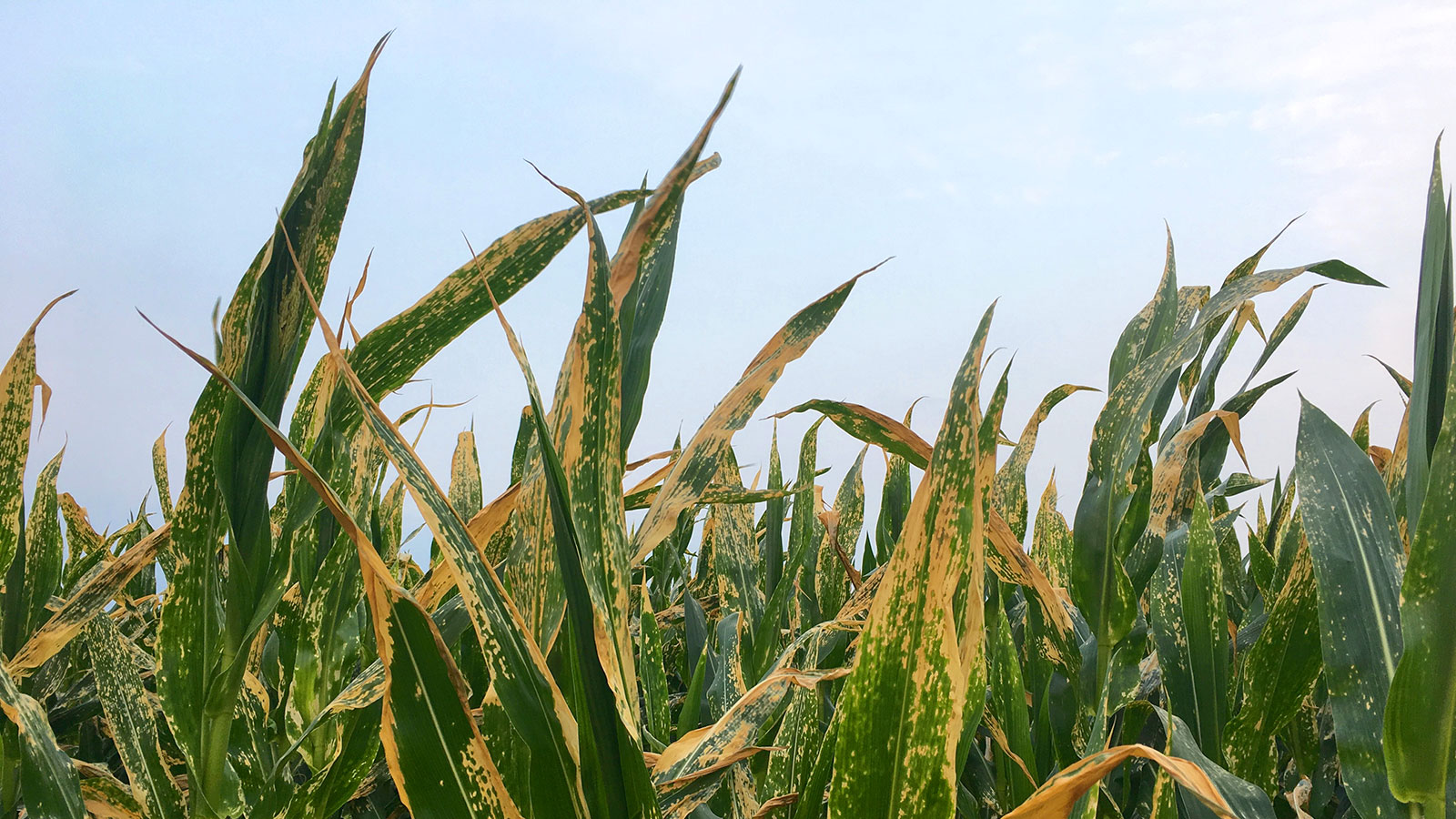
“I think we have all the conditions for a pandemic in agricultural systems to occur,” said agricologist Miguel Altieri, a professor emeritus from the University of California, Berkeley. Hunger and economic hardship would likely ensue.
Climate change adds to the danger — shifting weather patterns are on track to shake up the distributions of pathogens and bring them into contact with new plant species, potentially making crop disease much worse, said Brajesh Singh, an expert in soil science at Western Sydney University in Australia.
Incorporating biodiversity into large-scale farming could move agriculture away from this crisis. Here and there, some farmers are taking steps in this direction. But will their efforts become widespread — and what will happen if they don’t?
Farms cover close to 40 percent of the planet’s land, according to a 2019 report from the Intergovernmental Science-Policy Platform on Biodiversity and Ecosystem Services. Almost 50 percent of those systems are made up of just four crops: wheat, corn, rice, and soybeans. Disease is commonplace — globally, $30 billion worth of food is lost to pathogens every year.
Things were not always this way. As the 1900s dawned in the United States, for instance, food was produced by humans, not machines — more than 40 percent of the American workforce was employed on a multitude of small farms growing a wide range of crop varieties. The British Empire sparked the shift toward today’s industrialized food system, said historian Lizzie Collingham, who wrote the book Taste of War: World War II and the Battle for Food.
By the early 1900s, the British Empire had learned that it could “basically treat the whole planet as a resource for its population,” Collingham said. It acquired cocoa from West Africa, meat from Argentina, and sugar from the Caribbean, for example. Suddenly, food was not something to be bought from the farmer down the street, but a global commodity, subject to economies of scale.
America grabbed hold of this idea and ran with it, according to Collingham. First came the New Deal — President Roosevelt’s plan for pulling the country out of the Great Depression included raising the standard of living for farmers, partly by bringing electricity to rural life. In 1933, farm country was characterized by outhouses, iceboxes, and a complete lack of street lights. By 1945, all that had changed.
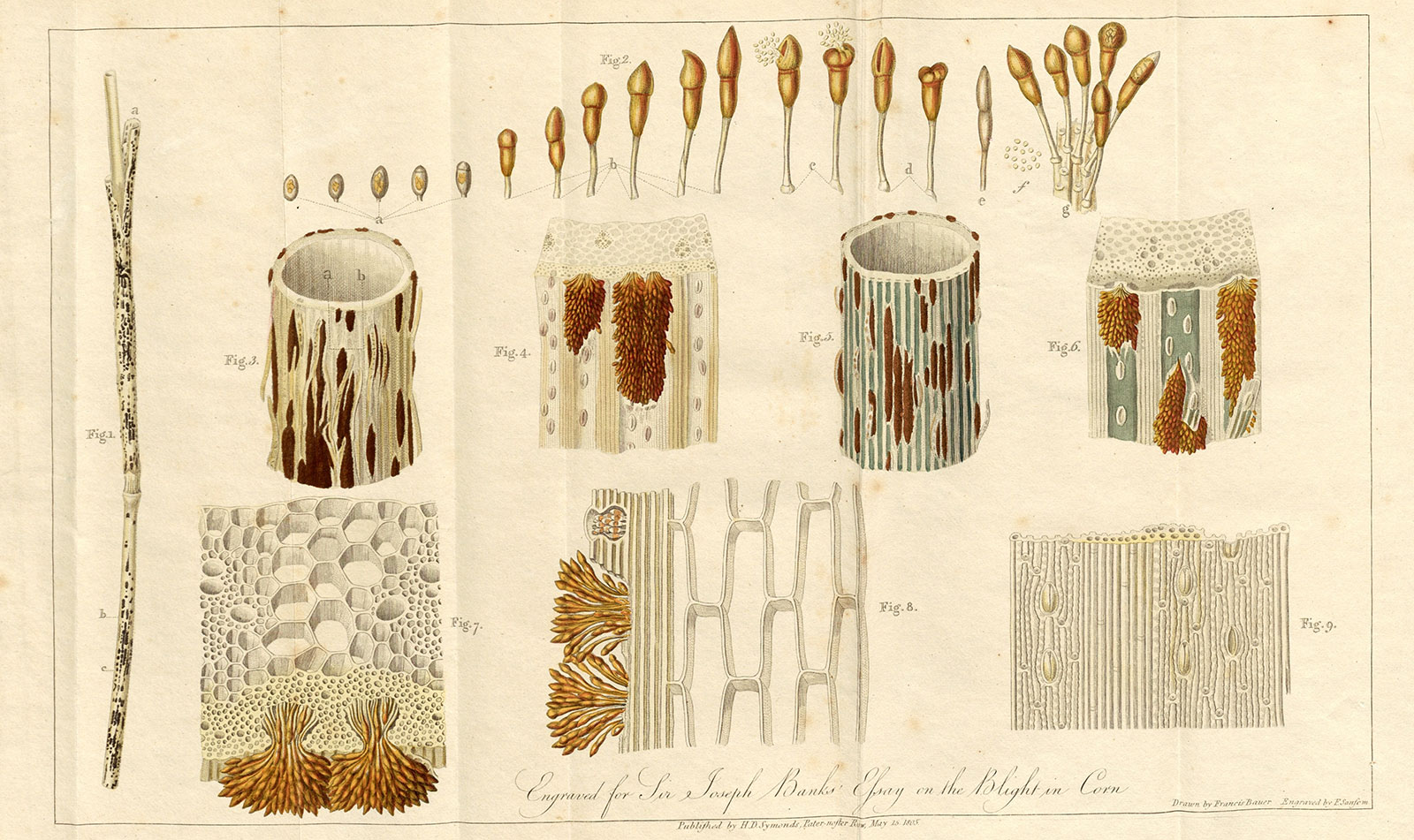
Once they were on the power grid, farmers could buy equipment such as electric milk coolers and feed grinders that let them scale up their operations, but such things are expensive — only by expanding could farmers afford them. “It all makes sense if you rationalize it for economies of scale and make your farm into a factory,” Collingham said.
Then World War II hit, and much of agriculture’s workforce had to go off to fight. At the same time, the government had an army to feed and the general public to keep happy, so it really needed to keep the food supply coming. Machines were the answer — the war era solidified the shift from humans to tractors. And machines do best when they only perform one job, like harvesting a single crop, acre after acre.
Monocultures can be very efficient when they’re not contracting diseases, and that efficiency is part of what got the United States through the war. In fact, the system worked so well that “soldiers doing their training in America got fatter,” Collingham said. “A lot of them had never eaten so well in their lives.”
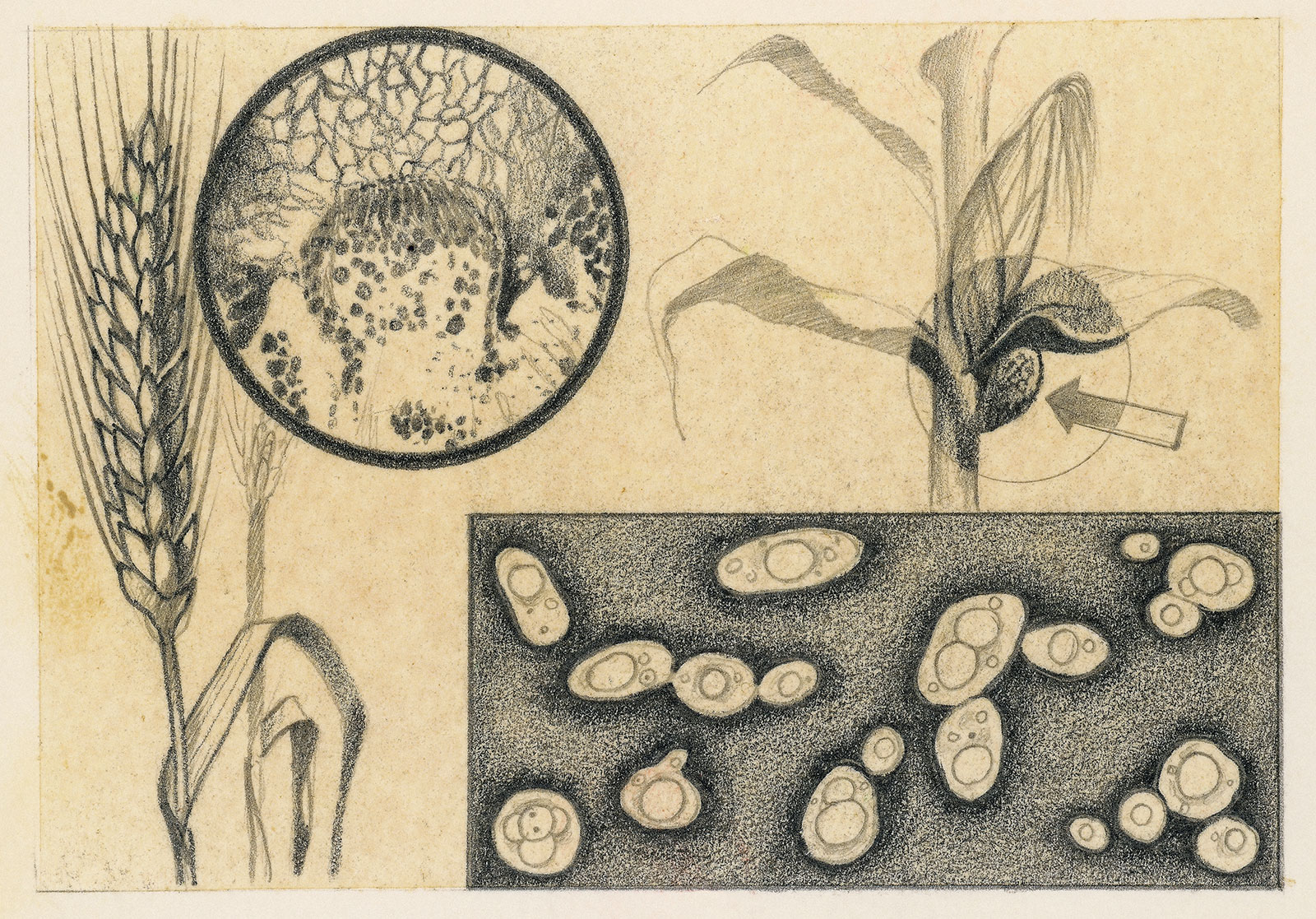
Soon, small-scale farms growing diverse crops had largely retreated into the past in the Midwestern U.S. It’s not that anyone intended for the practice to be lost. It was simply “in many people’s minds, rendered obsolete,” said agronomist Matt Liebman, who recently retired from Iowa State University.
One might think the realization that biodiversity protects plant health is a new one, given that it wasn’t that long ago that biodiverse farming became a rare practice. But in fact, scientists and farmers have recognized this connection for at least centuries, and probably longer, said evolutionary biologist Amanda Gibson from the University of Virginia.
The basic concept is simple enough: A typical pathogen can only infect certain plant species. When that pathogen ends up on a species it can’t infect, that plant acts like a sinkhole. The pathogen can’t reproduce, so it’s neutralized, and nearby plants are spared.
Disease-resistant plants can also alter airflow in ways that keep plants dry and healthy and create physical barriers that block pathogen movement. Especially if they’re tall, resistant plants can act like fences that diseases have to hop over. “Somebody did a nice experiment taking dead corn stalks and just plopping them in the bean field,” said plant pathologist Gregory Gilbert from the University of California, Santa Cruz. “And that works, too, because it’s just keeping things from moving around.”
In nature, this dynamic between plants and pathogens can be part of healthy ecosystems. Pathogens spread easily between stands of the same species, killing off plants that are too close to their relatives and making sure landscapes have a healthy degree of biodiversity. As “social distancing” is restored between susceptible hosts, the disease dies down.
In monocultures, there are no sinkholes or natural fences to stem the spread of pathogens. Instead, when a disease takes hold in a crop field, it’s poised to burn through the entire thing. “We create amplification rather than dilution,” said Altieri.
New technology has driven home these old lessons: Over the last decade, it’s become possible for scientists to isolate a broad swath of the microbes found within a particular niche — like an ear of corn or a stalk of wheat — and use DNA sequencing to create a censuslike list of everything that lives there.
The results have been unsettling, but not always unexpected. Plants in cultivated lands carry a significantly larger variety of viruses than those in adjacent biodiversity hotspots, plant and microbial ecologist Carolyn Malmstrom from Michigan State University and her colleagues found in one study.
Conversely, they later found that some fields of barley and wheat were largely devoid of viruses, but that could also be a sign of problems to come. Pesticides may be keeping virus levels low: “So we might think, OK, yay, we’re protecting our crops,” Malmstrom said. But not all microbes are bad.

“By pulling our crop systems out into a virus-free situation, we may also be removing them from some of the richness of the biodiversity of microbes that’s beneficial,” she added.
The bigger the farm, the more serious the disease problems, at least in the case of a pathogen called Potato virus Y, which leads to low potato yields. When researchers looked at the amount of simplified cropland surrounding a potato plant, they found that the prevalence of the pathogen went up steadily as the percentage of surrounding area covered in cropland increased. Unmanaged fields and forests, on the other hand — carrying wild mixes of plants — seemed to have a protective effect.
In natural landscapes, increasing biodiversity lowers the number of virus species present. But increasing biodiversity along the edges of crop fields doesn’t seem to have the same effect, plant ecologist Hanna Susi from the University of Helsinki found.
Fertilizers and other chemicals leached from the crops might affect the susceptibility of nearby plants to infection, she and her coauthor postulated. Beneficial microbes found on wild plants may be keeping many of these viruses from causing disease, but if the same viruses get into crops that lack that protection, “We don’t know what may happen,” she said. Farmers could find themselves dealing with new kinds of crop diseases.
On Altieri’s farm in the Colombian state of Antioquia, he mixes many plants — corn with squash, pineapples with legumes — and said, “We don’t have the diseases that neighbors have, that have monocultures.”
The results of recent DNA-sequencing experiments are familiar to him because traditional Latin American farmers have long used biodiversity to protect their crops. “These papers are good ecological research,” he said. “But actually, they’re basically reinventing the wheel.”
This old wheel does have to get over a new hill, however. Climate change is redistributing pathogens, bringing them into contact with new crops, and changing weather patterns in ways that foster disease.
Already, Liebman has seen the effects of climate change firsthand in Iowa, where tar spot disease — an infection that kills the leaves on corn plants — is on the rise. “We have warmer nights and more humid days,” he said. The tar spot pathogen loves the new weather.
Predicting exactly how much climate change will increase crop disease is difficult, said Singh. But there are some general conclusions he can draw.
Rising temperatures will likely favor certain pathogens that cause disease in major crops. A wheat-infecting fungus called Fusarium culmorum, for example, is likely to be replaced by its more aggressive and heat-tolerant relative, Fusarium graminearum. That could spell bad news for Nordic countries, where wheat crops could suffer.
Hotter temperatures will likely knock back other pathogens. A fungus that infects the herb meadowsweet, for example, has already begun dying out on islands off the coast of Sweden. In general, however, Singh thinks regions that are currently cold or temperate will likely see increases in crop disease as they warm.
For regions that are already warm, rising humidity could cause trouble. For example, parts of Africa and South America are among the regions that will probably see increases in funguslike pathogens called Phytophthora. Food insecurity is already prevalent in some of these areas, and if nothing’s done to stop disease spread, that’s likely to get worse. “We need a lot more information,” Singh said. “But I agree that that is one of the scenarios that is a possibility.”
Jason Mauck farms “every which way,” in his words. The head of Constant Canopy Farm likes experimenting, seeing what works and what doesn’t. And on about 100 out of the 3,000 acres he tends to in Gaston, Indiana, one of his experiments involves a strategy called intercropping.
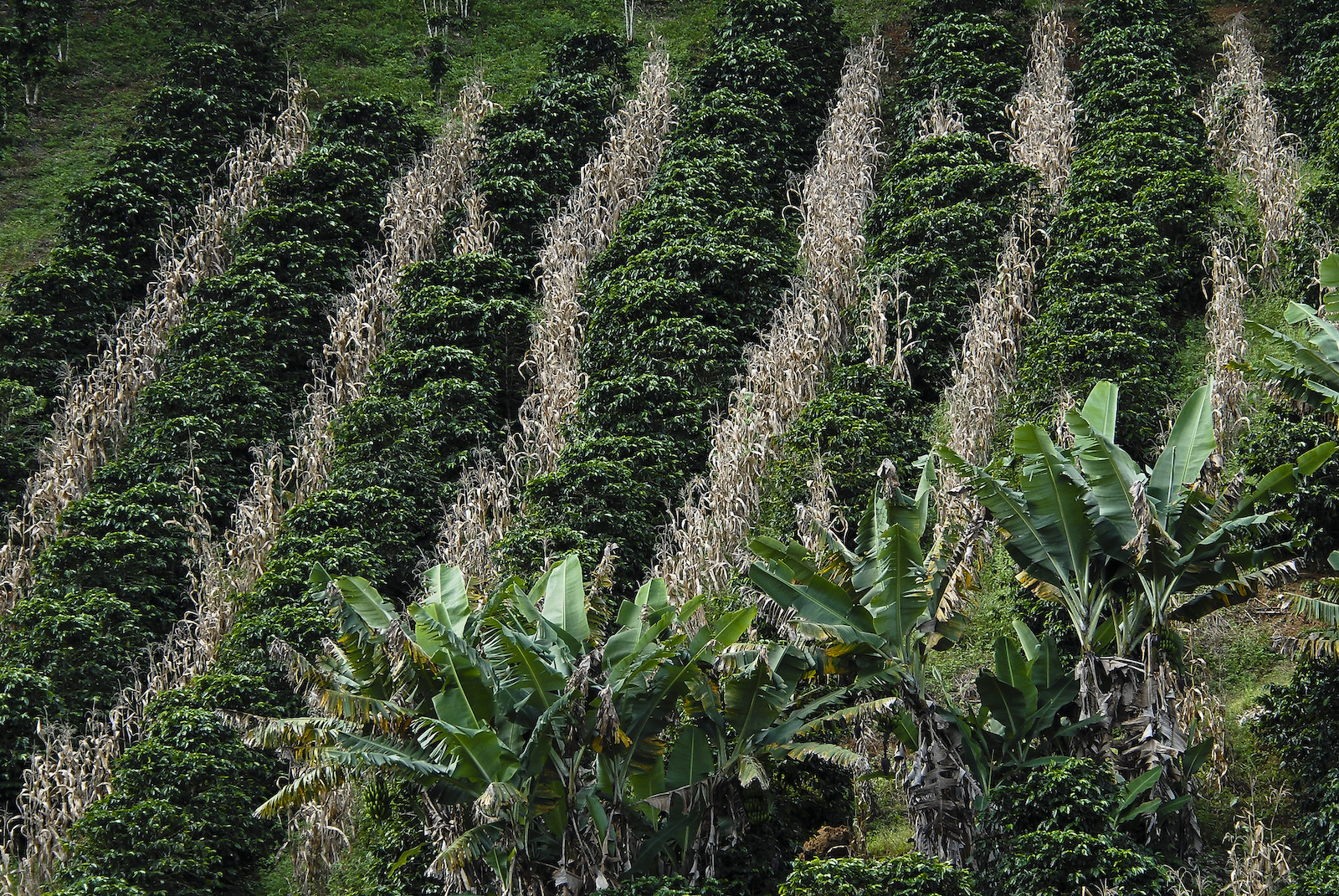
Intercropping means growing two or more crops in the same field, by alternating rows or mixing the crops within the same rows — it’s a modern reimagining of age-old techniques like those Altieri uses, and one way of introducing biodiversity into large-scale agriculture. In Mauck’s case, he’s planting wheat with soybeans. The wheat seeds go into the ground in October, and by February, the plants are poking up through the soil. Then in April, he adds soybeans between the rows. The two crops grow together until the harvest, right around July 1.
Unlike the wheat Mauck grows in a monoculture, he doesn’t spray the intercropped wheat with fungicides at all — they simply don’t need the help to stay healthy. The combination of crops likely encourages airflow that dries moisture and prevents fungus from growing, Mauck said. With climate change bringing more extreme storms to the region, he welcomes the help.
Mauck’s experiences are far from unique. When biologist Mark Boudreau from Penn State Brandywine reviewed 206 studies on intercropping across a wide variety of plants and pathogens, he found that disease was reduced in 73 percent of the studies.
In China, farmers have been experimenting with intercropping for decades, and it’s catching on in Europe and the Middle East, Boudreau said. But in the American Midwest, Mauck said intercropping makes him “kind of a weirdo.” He speaks at about 20 conventions every year to spread the word about this and other sustainable farming practices, plus he has a lively social media following. He’s convinced some of his fellow farmers to try intercropping, but progress is slow.
Lack of equipment is a big part of the problem, said extension agronomist Clair Keene from North Dakota State University. Farm equipment companies haven’t invented the machine that will let farmers harvest mixed crops separately, and farmers usually don’t have the time to do multiple harvests. That would be an easy enough problem for farm equipment companies to solve, Boudreau thinks, if farmers put a bit of pressure on them.
In North Dakota, the humble chickpea might just provide the motivation farmers and farm equipment companies need. In recent years, the profit margin on chickpeas has been two to three times that of spring wheat — a common crop for the region. But there’s a problem: Chickpeas are very susceptible to a disease called Ascochyta leaf blight. “It can just wipe out the field. Like, there will be no chickpeas left to harvest,” Keene said. To avoid this fate, farmers spray their chickpeas with fungicides between two and five times a year, and the cost of the fungicides really cuts into the profit margin.
Intercropping could be an affordable alternative. Keene and others have found that Ascochyta leaf blight drops by at least 50 percent when chickpeas are grown along with flax. Like in Mauck’s fields, Keene thinks flax promotes airflow around the chickpeas, reducing moisture and preventing the blight-causing fungus from growing.
When Keene looks across the expansive crop fields that characterize her home state of North Dakota, she sees two sides to modern agriculture. On the one hand, monocultures have given many people a vital source of calories. “We as Americans — we’re using our landscape to provide a quality of life that, at least writ large, wasn’t ever dreamed of by generations before us,” she said. “And who’s making that happen? Farmers. We owe them a lot.”
But the same agricultural system has impacted the landscape dramatically, from the native plants that used to thrive in Midwestern prairies to the microbes that populate the soil. Changes are brewing in Earth’s climate, and a system we’ve come to rely on may start to falter. Modern agriculture has offered humans comfort: “But,” Keene asked, “at what ecological cost?”
*Correction: This story has been updated to report the correct amount of corn lost in the 1970 harvest, 700 million bushels.

